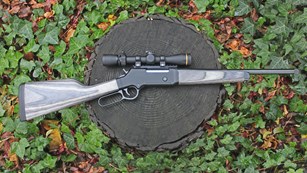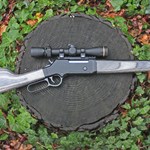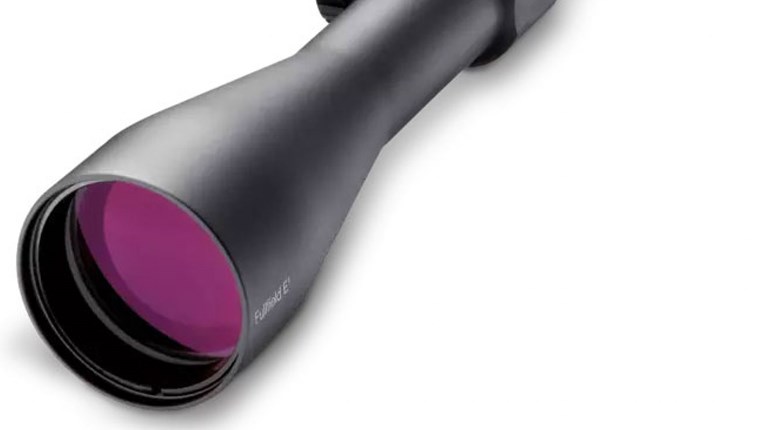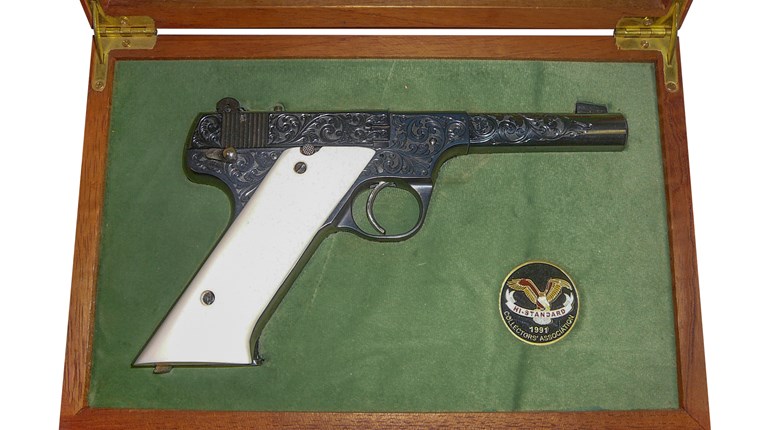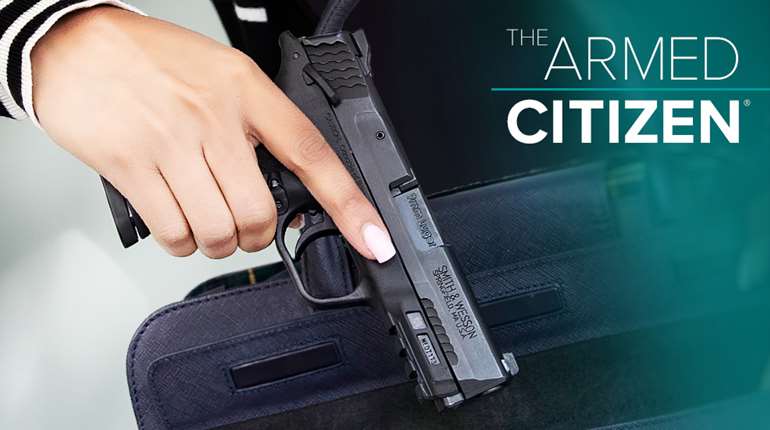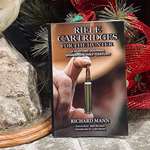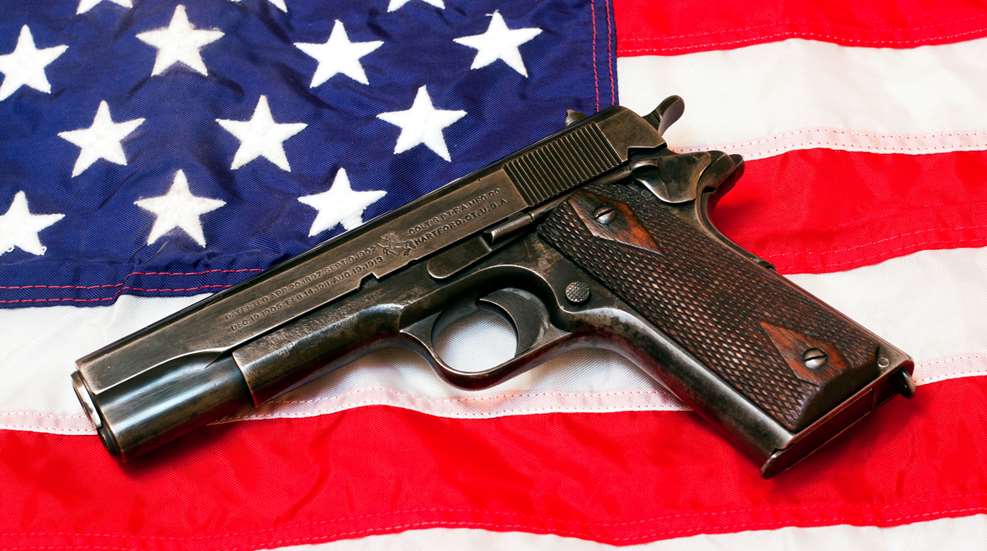
I have to confess: Historically, I’ve never been a big 1911 fan. I learned to shoot on soulless, boring, dead-reliable and newbie-simple striker-fired polymer pistols, and that’s pretty much what I have stuck with all these years. In fact, I found the 1911 kind of silly, albeit in a sort of beautiful way, with its limited single-stack capacity and all that extraness going on—safeties, exposed hammer and what have you. What’s the point?
I’ve come around a bit in recent years, though, mostly due to the unexplainable pull this classic design seems to have on shooters. It’s just so dang iconic and classy and nostalgic without being relegated to the world of outdated antiques. It doesn’t hurt that the 1911 was designed by the Godfather of firearms himself, John Moses Browning, a fact that lends the gun a level of cache all by itself. And although a 1911 shoots differently than my beloved striker-fired Tupperware guns, it certainly shoots very well. Many shooters consider a 1911 to represent the perfect balance between power, concealability and ease of use, and really, that’s hard to argue. So why is the 1911 so revered?
Who doesn’t like steel?: Made on a steel frame rather than polymer, the 1911 sits heavy in the hand. While that might sound like a bad thing, it’s actually quite a bonus in this case. A 1911 just feels like a solid piece of machinery, and steel is strong and durable. The hefty weight is part of what makes these guns a pleasure to shoot, as it helps tame the felt recoil of the powerful .45 ACP cartridge.
The .45 ACP is hard to beat: The original 1911 was chambered for the .45 ACP, and although you can find 1911-style guns made for other cartridges today, the big .45 is still what most 1911s shoot. This king of handgun cartridges packs a punch—undeniably more powerful than the 9mm that’s so popular in striker-fired guns today—and although the single-stack design limits ammo capacity to around seven or eight rounds, depending on the gun, it also allows a 1911 to be about as slim as any .45 gun can be, which makes it easier to conceal than another gun in the same chambering.
Safety is baked in: Part of that “extraness” referred to earlier, the classic 1911 design has multiple safeties. The grip safety must be depressed, as it will be when you’re gripping the gun properly, in order for the trigger to move. The thumb safety blocks the sear from moving, which prevents the hammer from being released. There’s also a firing pin block in the slide, which prevents the gun from going off unless the trigger is pulled. Some newer versions of the 1911 even have additional safeties and safety features.
The trigger is a dream: Because it’s a single-action gun with an exposed hammer, the trigger pull on a 1911 is smooth, crisp and creep-free. The trigger travels straight back rather than being hinged at the top, so it breaks cleanly and resets consistently. It’s a totally different experience than shooting, say, a Glock, which has no manual safety at all and relies on its trigger pull to keep the gun safe.
It's ergonomic: The 1911 balances well, and many shooters find that the angle of the grip is more natural and comfortable for them than the grip angle on a typical striker-fired polymer gun. This is subjective, of course, but the two styles shoot so differently that you might have to adjust how you hold the gun in order to shoot it well. If you are very accustomed to shooting one or the other, switching can have a bit of a learning curve.
Customization options are endless: Striker-fired polymer pistols are utilitarian and fairly universal—each one pretty much looks like the next. They’re meant to shoot, not meant to be pretty. 1911s, on the other hand, are the ultimate barbecue gun—they look as good as they shoot. They come in more colors and varieties than you can imagine, and they’re almost endlessly customizable. Some manufacturers even offer a “build your own 1911” function that lets you select all the components the way you want them. Some of the 1911s on the market are just flat-out gorgeous guns, and even the plain-Jane basic ones have an undeniable panache and stylish flair.
Everyone loves an all-American icon: This is perhaps the biggest draw for many of the 1911’s devoted followers. Around for more than 125 years (Browning first designed the 1911 in the late 1890s), the 1911 is an absolute legendary icon deeply embedded in the history of our nation. In March of 1911, the Army adopted the M1911 as the standard-issue sidearm for the U.S. military, a status it held all the way until 1986.
This classic carried our servicemen and women through two world wars, Korea, Vietnam and all the military skirmishes in between. Over the past century, untold millions have relied on this gun to save their lives, and this legacy has cemented it forever in the hearts of Americans.
It’s so iconic that some of the most larger-than-life Hollywood characters have wielded the 1911 over the years, from Keanu Reeves in John Wick to Tom Hanks in Saving Private Ryan to Arnold Schwarzenegger in The Terminator. Magnum P.I. carried one. John Travolta totes a 1911 in Pulp Fiction. John Wayne, known mostly as a revolver guy, carried a 1911 in The Sands of Iwo Jima and other films.
Irrespective of the other reasons—the trigger, the balance, the safety features—that iconic status alone is enough to have won more than one 1911 a spot in my gun safe.










